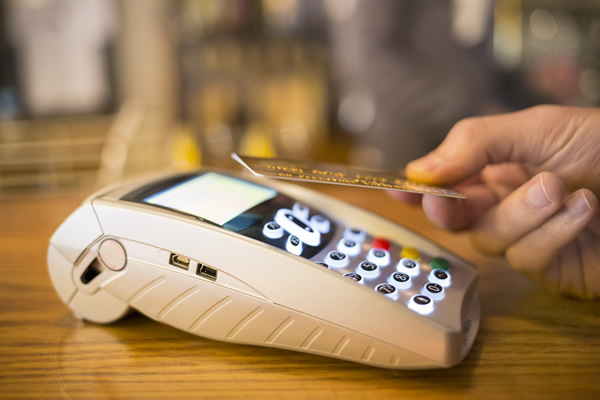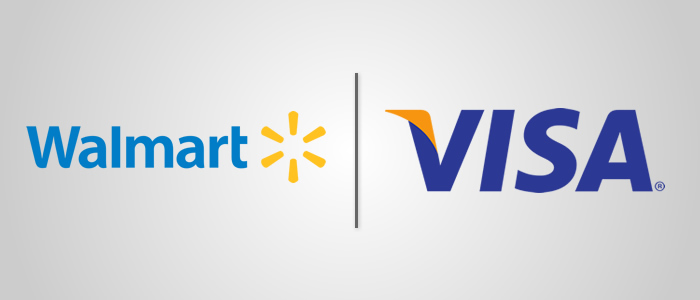
Have you ever wondered what happens when your credit card is used for a purchase? Today credit card purchases are easier than ever. With most merchants switching to Chip-and-PIN, credit card transactions are more secure than ever before. Simply insert your card, enter your 4-digit PIN and you can spend hundreds – or even thousands – in an instant.
While credit card transactions may happen in the blink of an eye, much goes on behind the scenes. Your card must first be authenticated on the day of the purchase, but it isn’t until after clearing and settlement that the merchant is finally paid. Let’s take a look at the various players and stages in a credit card transaction that seem to happen in an instant.
Key Players in a Credit Card Transaction
Before we discuss the various stages in a credit card transaction, it’s important to understand the key players involved.
- Cardholder: You should already be pretty familiar with the role of the cardholder. A cardholder is a consumer or business using a credit card to pay for goods or services.
- Merchant: A merchant is any retailer, restaurant, e-commerce business, airline, hotel or other business that accepts credit cards as a method of payment and maintains a merchant account.
- Acquirer/Merchant Bank: A financial institution that provides the merchant with a point of sale device to accept credit card as a method of payment and ensures the merchant is paid. The acquirer maintains a registered membership with the card associations (Visa, MasterCard, and American Express).
- Issuer/Cardholder Bank: As the name suggests, the cardholder bank issues a credit card to the cardholder to pay for goods and services. The cardholder bank pays the acquirer bank when a purchase is made by lending the cardholder the funds. It is then the cardholder’s responsibility to repay at least the minimum payment to the cardholder bank before the due date on the statement.
- Card Associations: Visa, MasterCard, and American Express aren’t banks. Instead they perform the duties of the middleman, acting as a custodian and clearing house, to ensure credit card transactions go smoothly.
Stages in a Credit Card Transaction
Now you can have a better idea about the players in a credit card transaction, let’s explain the stages that go on behind the scenes. When a credit card purchase is made the card associations play a vital role in ensuring the transaction is facilitated and processed in a fast, reliable and secure manner.
There are three important stages in a credit card transaction that must be completed before the merchant is paid.
1. Authorization
The magic begins when the cardholder swipes, inserts or taps their credit card at the merchant’s point of sale device. When the cardholder uses their card, their payment information is sent by the merchant to the merchant bank for authentication.
Authentication confirms the cardholder’s identity by sending the payment information entered to the card association for account validation and routing. Additional security checks are performed to flag the card if it is being used fraudulently.
Once the card passes authentication, the payment information is sent to the cardholder bank for verification. Once the cardholder bank confirms the cardholder has sufficient funds to make a purchase, a hold is placed on the funds before the purchase is sent to the card association for verification. The card association then relays the verification to the merchant bank, who lets the merchant know the purchase has been approved. As mentioned this may sound complicated, but it happens in just seconds.
2. Clearing
Clearing is the second step that happens behind the scenes once the cardholder has left the merchant’s store. It usually takes place within a day of the purchase being authorized. For a transaction to be cleared, the merchant must send all credit card transactions to its merchant bank.
To make the transactions easier to facilitate, they’re batched and the payment information is sent to the card association. As the custodian, the card association plays the important role of validating the transaction information and determining the necessary merchant fees and currency conversion. It regularly reconciles funds between the cardholder bank and merchant bank.
Every time the cardholder makes a purchase, the merchant pays merchant fees. Merchant fees are calculated as a percentage of the cardholder purchase amount. Merchant fees typically range from 1.5 per cent to 3 per cent. For example, on a $50 purchase, the merchant could pay between $0.75 and $1.50.
The merchant fees cover a variety of things, including fraud protection, interchange rate, point of sale device rental and transaction slips. The interchange rate is the most costly component of a transaction and is set by card associations. These fees act as a financial incentive for the cardholder bank to offer credit cards to consumers.
3. Settlement
The third and final step typically happens within two days of authorization after transactions have been cleared. The card association calculates the net settlement position (debited and credited amounts) for the cardholder and merchant banks. Visa or MasterCard advises the cardholder bank the amount to be debited, while notifying the merchant bank the amount to be credited. The funds are exchanged through a third-party settlement bank. If everything goes according to plan, the merchant is finally paid by the merchant bank for the purchase (minus any merchant fees).
There you have it, the steps in a typical credit card transaction! As you can see, a lot happens when you swipe your card. Hopefully you’ll appreciate all the hard work that goes on behind the scenes next time you make a credit card purchase.




